- The macro scratch
- Posts
- Oprisa's Journal
Oprisa's Journal

"The present is theirs; the future, for which I really worked, is mine." Nikola Tesla
In Today's Weekly Journal
AI & Robotics
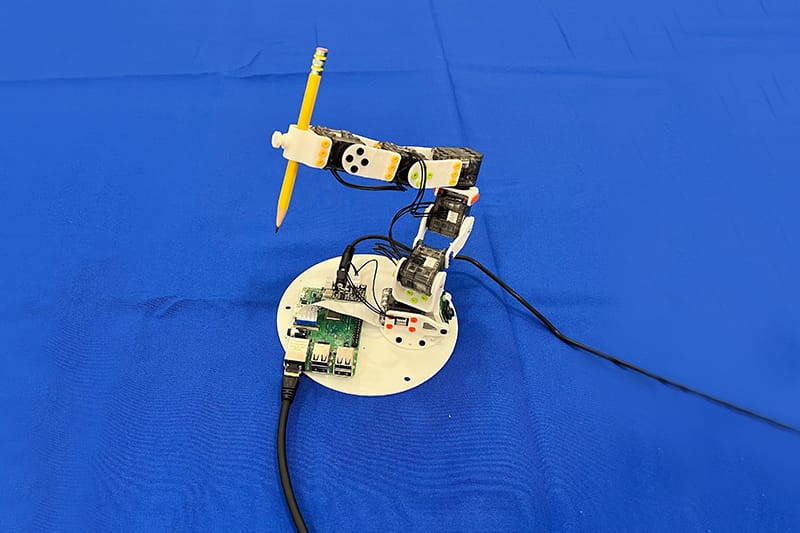
MIT researchers unveil Neural Jacobian Fields, a vision-based system that lets robots learn their own body mechanics. No sensor, no calibration—just a camera and self-guided movement. Published in Nature, it marks a shift from a programming to teaching in robotics.
Details:
MIT’s system, Neural Jacobian Fields (NJF), enables robots to understand how their body moves using just a single RGB camera-no sensors, ancoders, or physical modeling needed.
NJF works on a wide range of robots—rigid arms, soft grippers, and 3D printed morphologies—without custom programming or calibration.
Robots can relearn their body dynamics if damaged or reconfigured, allowing real-time adaptation and continued operation in changing environments.
Instead of hand-coding control logic, engineers can now “teach” robots by letting them observe and learn from their own movements—paving the way for more autonomous, general-purpose system.
Why it matters: This vision-based system removes costly sensors and complex programming, allowing robots to learn and adapt to their bodies autonomously. It works across diverse robot types, enabling resilient, flexible machine that can operate reliably in real-world, unpredictable environments—paving the way for scalable, general-purpose robotics.
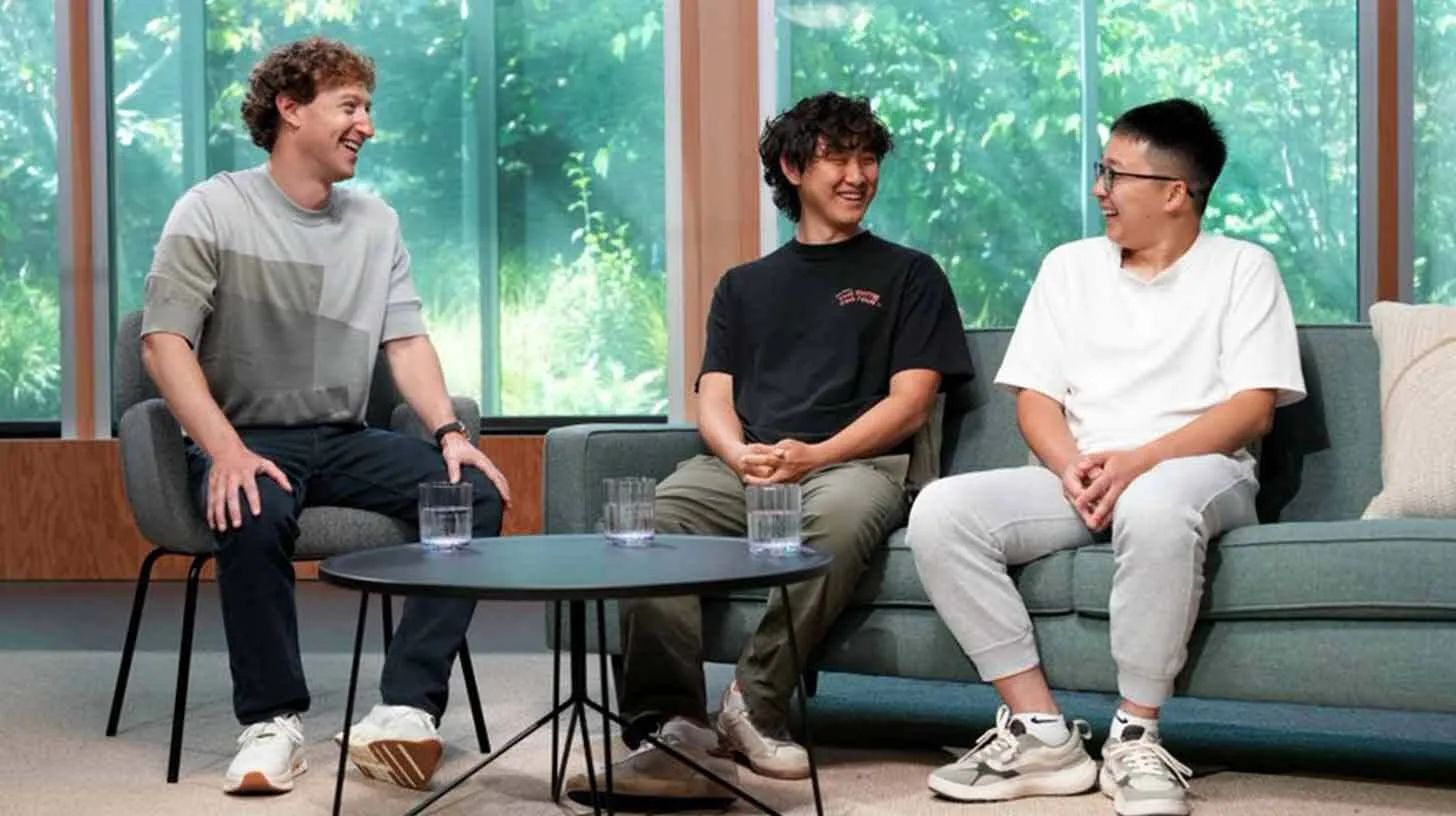
Image source: Alexandr Wang (@alexandrwang on X)
Shengjia Zhao, co-creator of GPT-4 and OpenAI’s o-series models, will lead Meta’s new Superintelligence Labs (MSL), reporting directly to Mark Zuckerberg. Yann LeCun remains Chief Scientist of FAIR, focused on long-term AI research.
Details:
Zhao helped pioneer OpenAI’s o1 model, contributed to GPT-4, o3,4.1, and co-authored the original ChatGPT paper.
He brings deep expertise in synthetic data generation and scaling AI systems, two core pillars of frontier model development.
Zhao will head Meta Superintelligence Labs (MSL), setting research direction alongside Meta’s Chief AI Officer Alexander Wang.
Yann LeCun clarified he will continue leading FAIR, focusing on long-term.
Why it matters: Meta officially bifurcating its AI strategy: Zhao leads the charge toward product-aligned, scalable superintelligence, while LeCun continues foundational research. This dual-track models mirrors OpenAI’s past (research vs. applied) and signals Meta’s intention to compete at the frontier of general AI—both in theory and deployment.
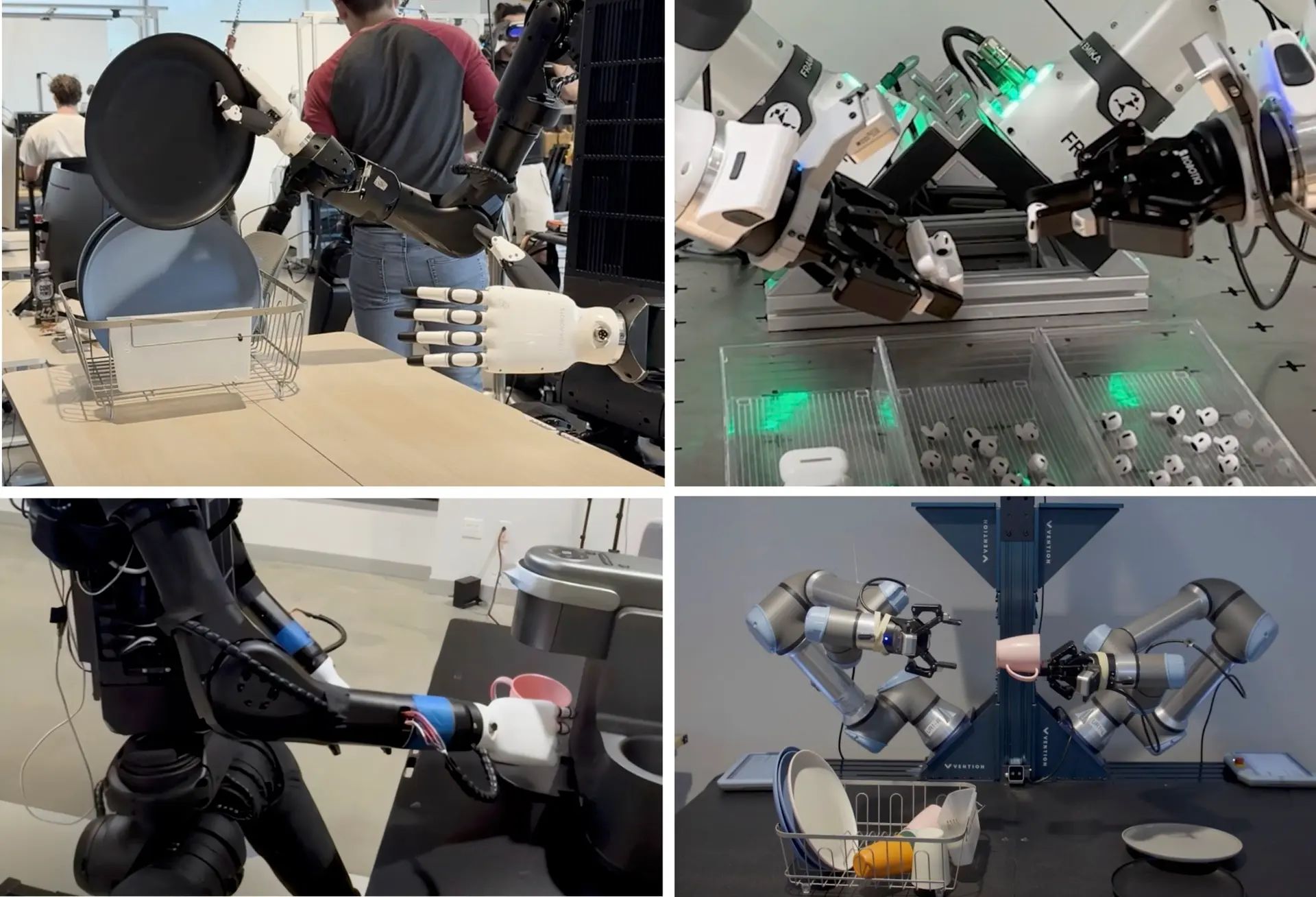
Skild Brain is doing for robots what GPT did for software—making them general, adaptable, and scalable. Instead of training robot from scratch for each task or body type, companies can now plug into a shared, ever-learning intelligence.
Details:
Skild Brain is a general-purpose AI model that enables robots of all types to perform complex physical tasks (walking, grasping, recovering balance) in varied environments.
It’s trained using a hybrid method: large-scale simulation, human video demonstrations, and real-world robot feedback.
ALL robots using Skild Brain contribute back to the same model — a shared, constantly learning “hive mind”.
Skild raised $300M at a $ 1.5B valuation, with backing from Amazon, SoftBank, Jeff Bezos, Sequoia, and Lightspeed.
The system runs on HPE servers with NVIDIA AI chips, enabling fast, edge-deployable learning and inference.
Why it matters: Skild Brain represents a shift from isolated, task-specific robots to a networked learning system where every robot improves the whole. This unlocks faster iteration, better generalization across environments, and higher ROI on hardware. It also signals a broader move toward embodied intelligence at scale, where physical systems adapt with the same fluidity we’ve come to expect from AI in the digital world.
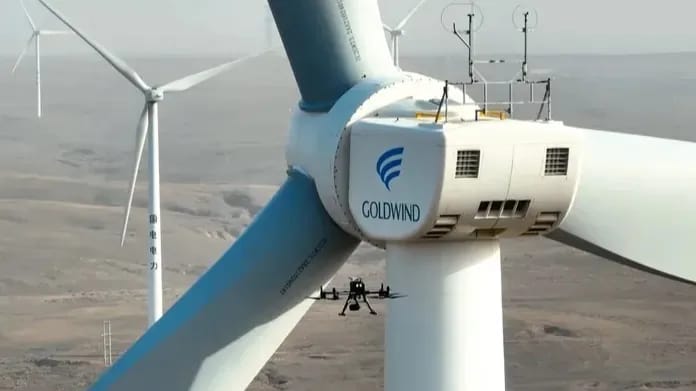
Image source: Goldwind
A wind farm in China’s Ningxia desert is now fully autonomous—patrolled by quadruped robots, drones, and smart sensors. It’s a glimpse into the future of energy infrastructure: zero humans, full uptime.
Details:
World’s first unmanned wind farm: China’s 70 MW Ningxia Tongli Third Wind Farm operates without on-site human staff since September 2024.
Robot dogs in charge: DEEP Robotics’ X30 quadrupeds handle daily patrols—each robot performs over 350 inspection tasks per day.
Extreme conditions ready: X30 units operate in –20°C to +55°C, in low light, on stairs, and rugged terrain.
Smart systems at scale: Site is monitored via robot dogs, drones, 5,000+ sensors and cameras; real-time data is analyzed locally, even during network outages.
Instant alerts: Any anomaly (vibration, heat, wear) is flagged immediately and sent to remote engineers for action.
Why it matters: It signals a shift toward truly autonomous infrastructure—where machines not only work, but manage themselves. This could reshape how we design and maintain critical systems worldwide.
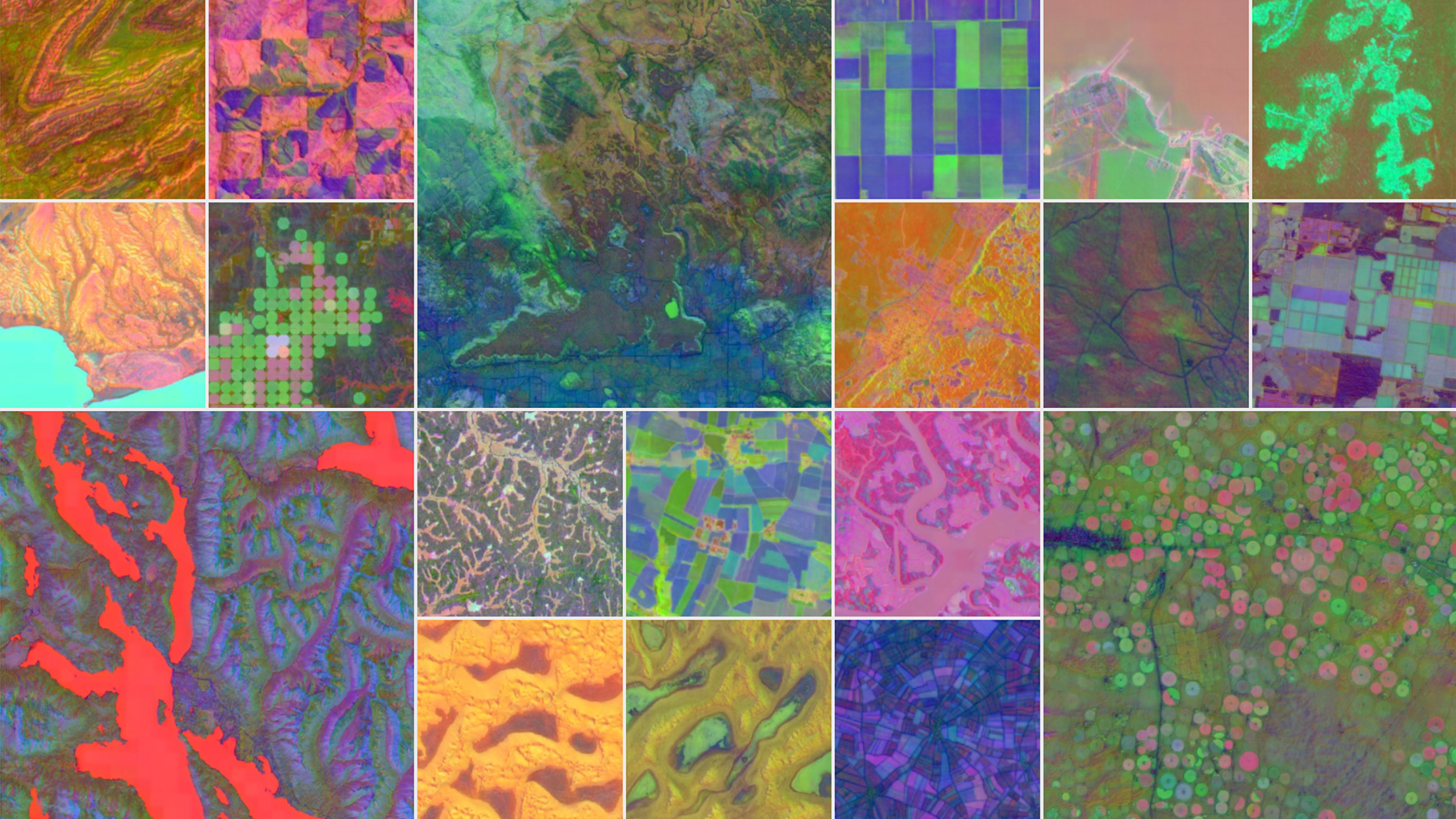
With AlphaEarth Foundations, DeepMind has turned years of satellite, radar, and climate data into a powerful AI tool that maps Earth in extreme detail. It’s fast, compact, and open to researchers—unlocking a new era of climate and ecosystem intelligence.
Details:
AlphaEarth Foundations compresses vast geospatial data—satellite images, radar, climate records—into compact 64-dimensional embeddings for every 10×10 meter pixel of land and coastal regions.
The model covers global data from 2017 to 2024, now publicly available via Google Earth Engine.
It reduces error rates by up to 24% and cuts storage needs by 16×, making planetary-scale analysis faster and more accessible.
Used by groups like Stanford, Harvard Forest, and the UN FAO to track ecosystems, deforestation, agriculture, and land-use change.
Enables non-experts to run advanced Earth analyses without needing large compute resources or coding expertise.
Why it matters: AlphaEarth matters because it offers an unprecedentedly detailed and fast way to monitor Earth's ecosystems, enabling scientists and decision-makers to track environmental changes and respond to challenges more quickly. By making this data widely accessible, it supports better research and smarter policies to protect our planet.
🔬Science snapshot
>Researchers snap first image of thermal vibration in quantum materials(More).
>Physicists demonstrate famous double-slit experiment using individual atoms to scatter light; experiment, first performed in 1801, confirms light is both a particle and a wave(More).
>Jewel wasps are capable of slowing down their rate of aging as larvae, significantly extending their life span and decelerating their biological clocks (More).
>Scientist capture first image of the sugar coating surrounding individual cells with atomic-scale resolution; results may leat to new drug delivery techniques(More).
Market view
Trump Signs Broad Tariff Order Targeting 68 Countries and the EU
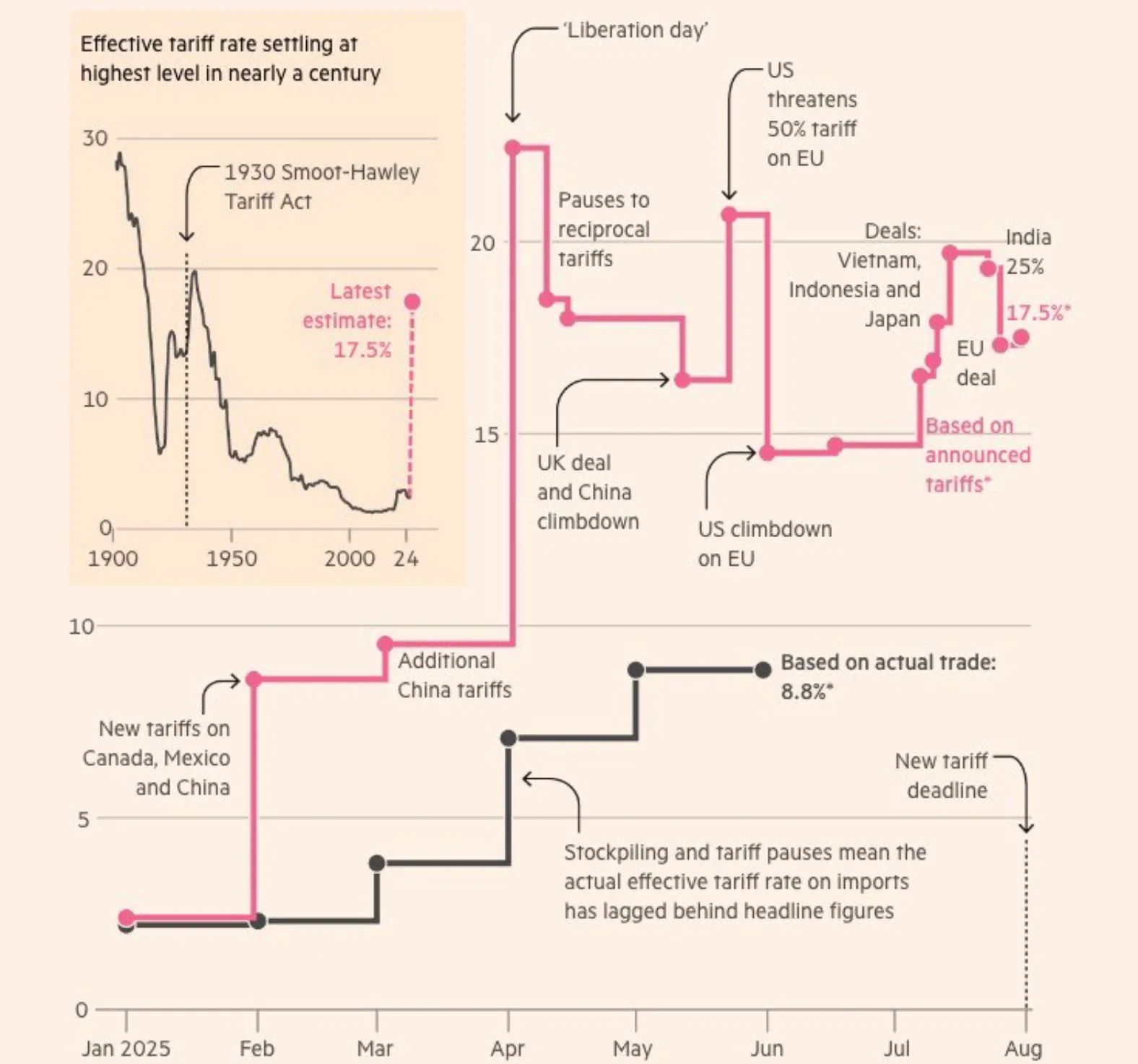
President Trump signed a new executive order imposing tariffs on imports from 68 countries and the European Union, effective Aug. 7 at 12:01 am ET.
Tariff rates will range from 10% to 41%, depending on the trade balance with the U.S.:
10% for countries where the U.S. exports more than it imports.
Up to 41% for nations with “unbalanced” trade relationships.
This replaces a previously expected deadline set for today, after countries were warned to strike new trade deals or face penalties.
Canada’s tariffs increased from 25% to 35%, starting today.
Mexico reached a temporary deal to keep its 25% tariff rate for another 90 days.
Summer Jobs Cool Off: July Hiring Slows, Unemployment Ticks Up
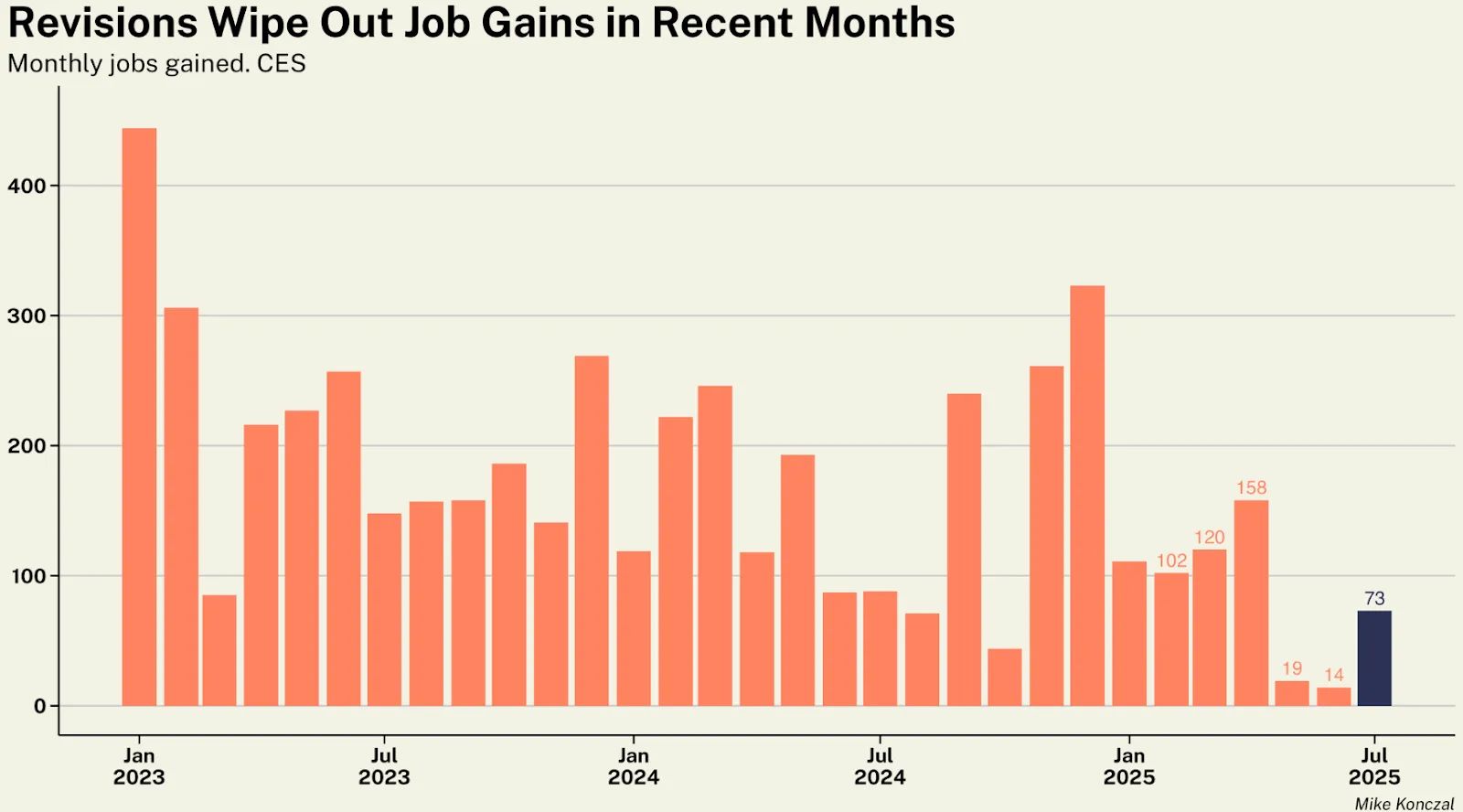
What happened:
The U.S. economy added just 73,000 jobs in July, missing expectations of 100,000. The unemployment rate rose slightly to 4.2%, up from 4.1%, per new government data released yesterday.
Big revisions:
May and June job numbers were sharply downgraded — from over 140,000/month to just 19,000 and 14,000, respectively.
This suggests the labor market has been weaker than previously believed over the past few months.
What’s behind the slowdown:
Economists cite rising business uncertainty from:
Trump’s new tariffs on dozens of countries
Stricter immigration policies
Federal workforce cuts
Plus: Trump ordered the firing of a top Labor Dept. official who oversees jobs data, claiming (without evidence) the numbers were manipulated.
Where the jobs came from:
Healthcare: +55,000
Ambulatory services: +34,000
Hospitals: +16,000
Wages:
+0.3% MoM, and +3.9% YoY — slightly ahead of expectations.
Fed Holds Rates Steady, Boosting Bitcoin and Ethereum Amid Inflation Concerns
The Federal Reserve kept interest rates steady and continued reducing its balance sheet cautiously, delaying expected rate cuts amid inflation concerns and tariff uncertainties. This cautious stance has pushed investors toward safer assets like Bitcoin and Ethereum, while smaller cryptocurrencies struggle. With rate cuts now less likely soon, major crypto assets are expected to remain strong, reflecting ongoing risk-off sentiment in the market.
Observation Shapes reality: From Physics to AI and Markets
Two legendary physicists, Einstein and Bohr, debated whether reality exists independently or is created by observation. Recent MIT experiments sided with Bohr, showing that observation actively shapes what is observed. This idea parallels financial markets, where expectations influence outcomes—like how anticipating a recession can actually reduce its chances. Similarly, massive market valuations of AI giants fuel investments that drive AI’s rapid growth. As AI begins improving itself, its future depends partly on how markets observe and fund it—an uncertain outcome even Bohr couldn’t predict.
Lets see some charts.
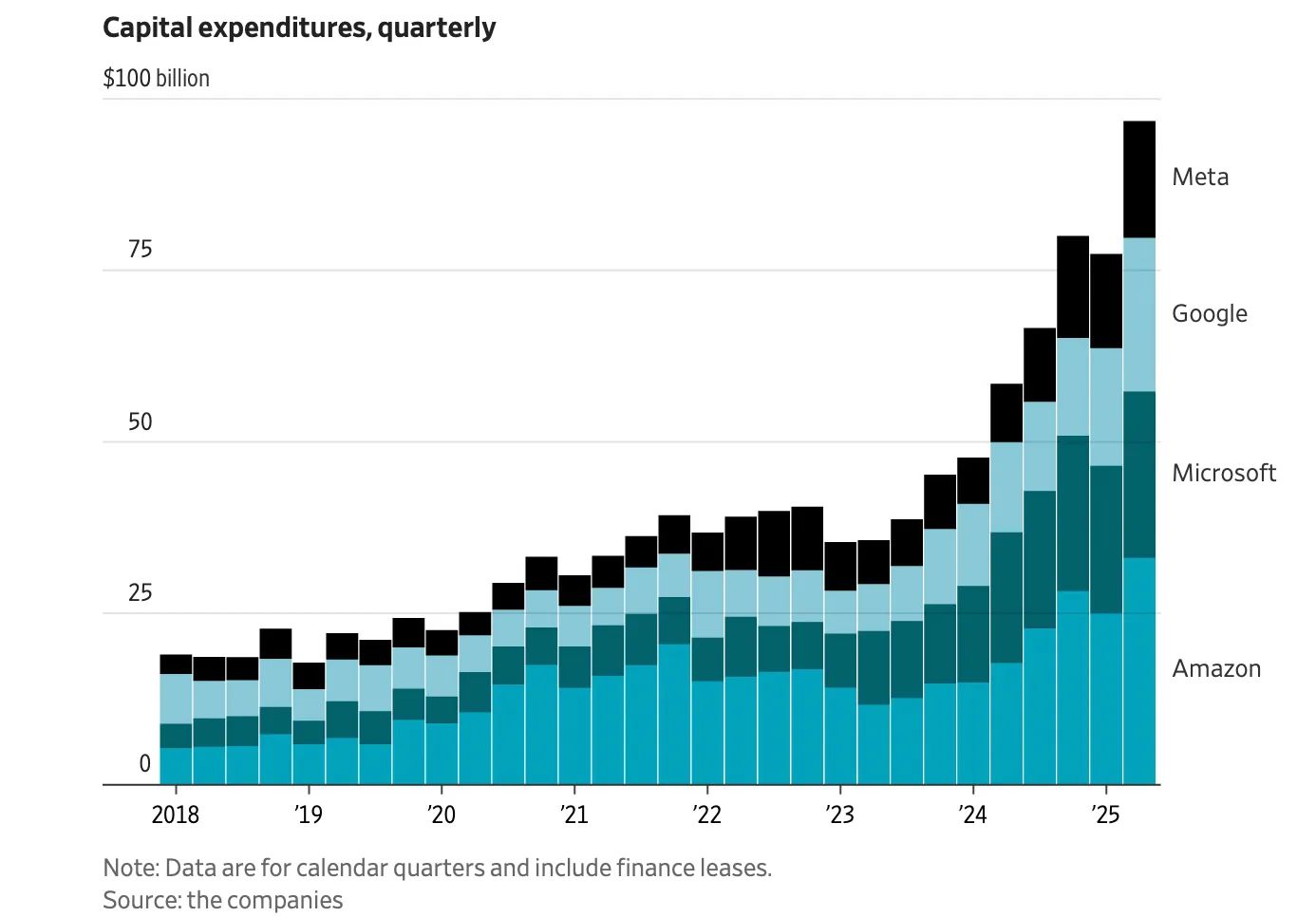
The Wall Street Journal reports that the four hyperscalers are set to collectively invest $400 billion in capital expenditures this year.
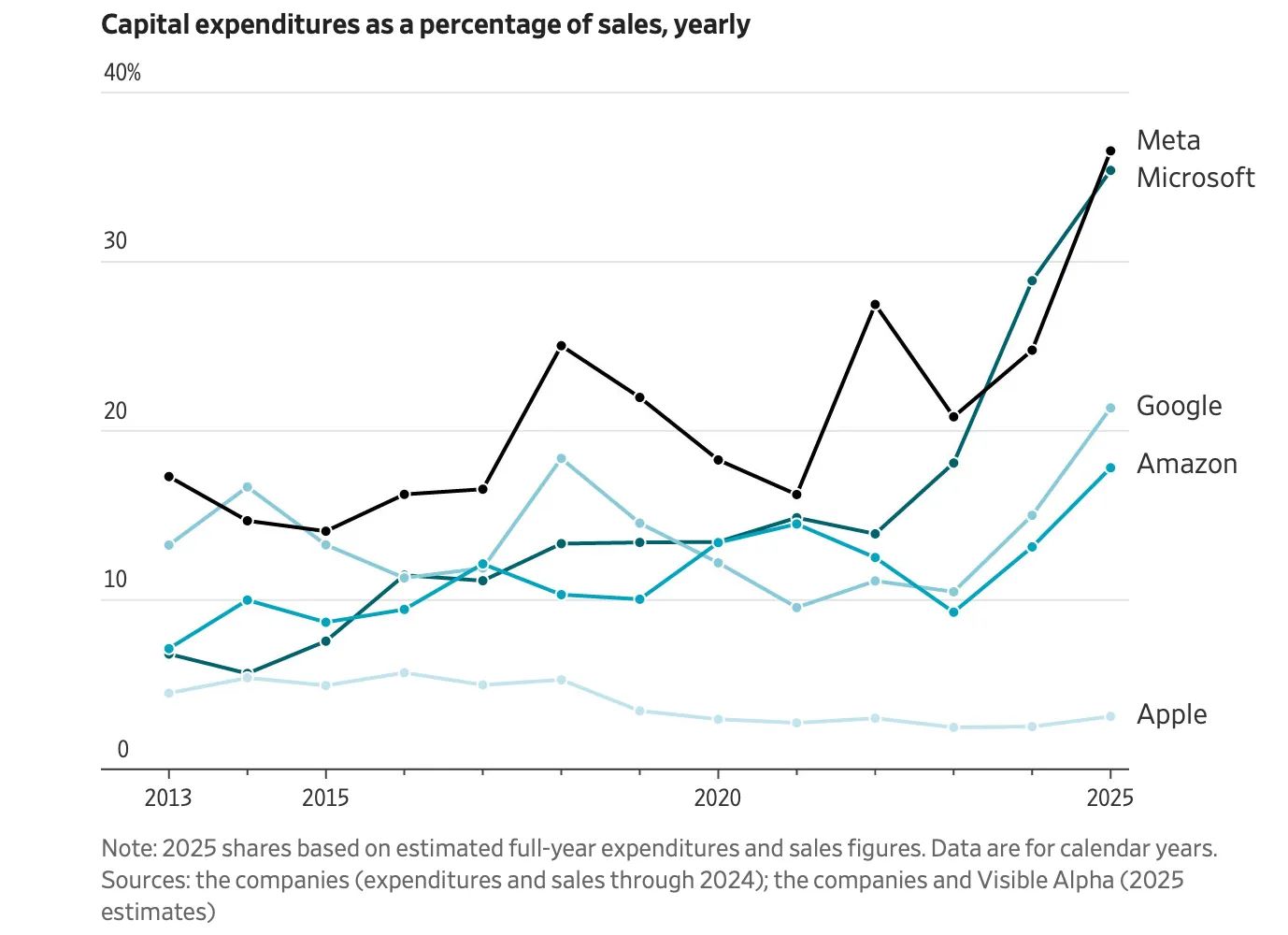
The hyperscalers are generating higher revenues while simultaneously increasing their capital expenditures.

The jobs don’t appear to be moving to China; according to data from Jonathon Sine, China has lost about 15 million manufacturing jobs—the equivalent of the entire US manufacturing workforce—over the past 15 years.
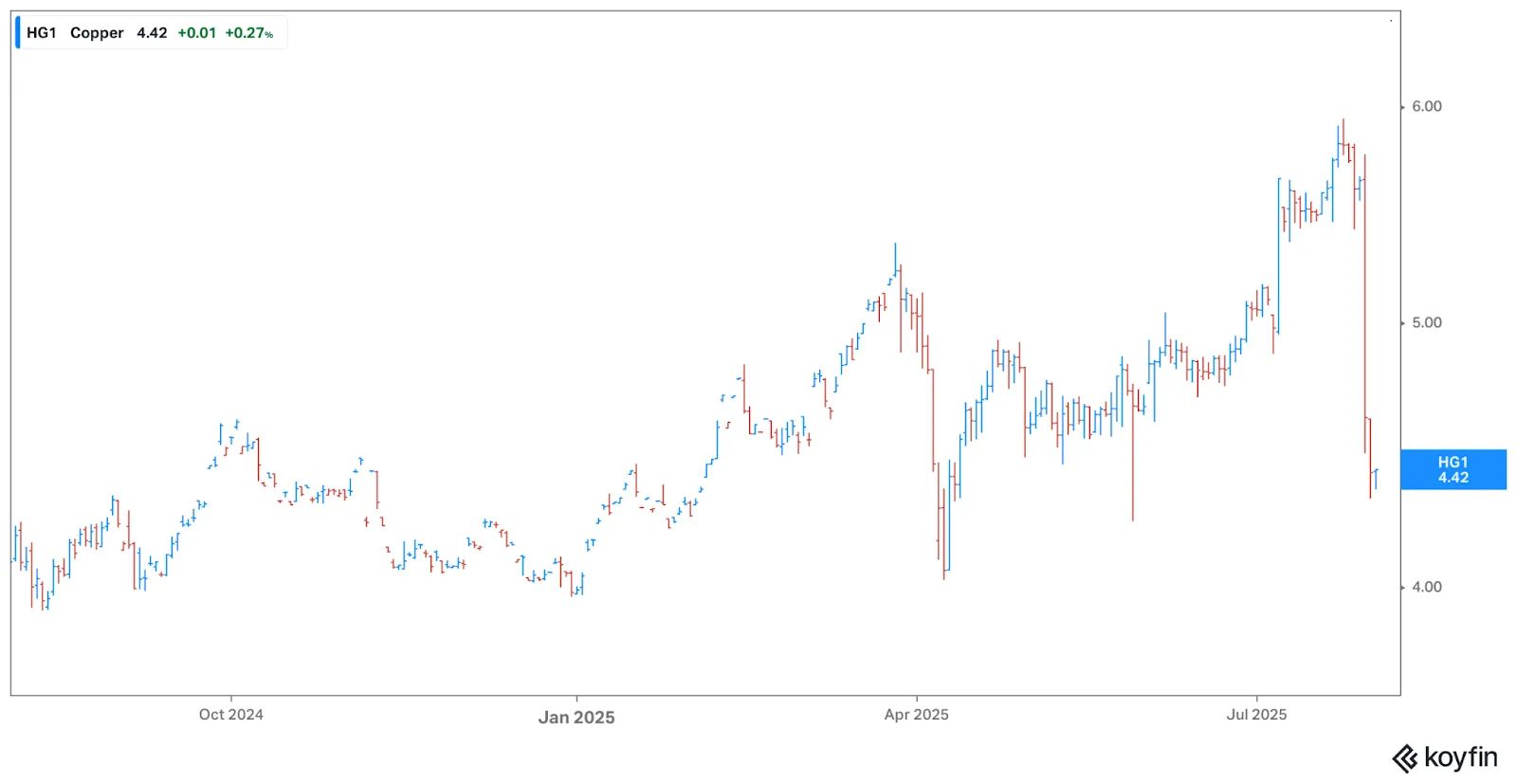
Copper futures dropped 20% following the announcement that President Trump's latest tariffs would exclude metals. Such unpredictable policy shifts benefit volatility traders but create challenges for businesses reliant on copper.
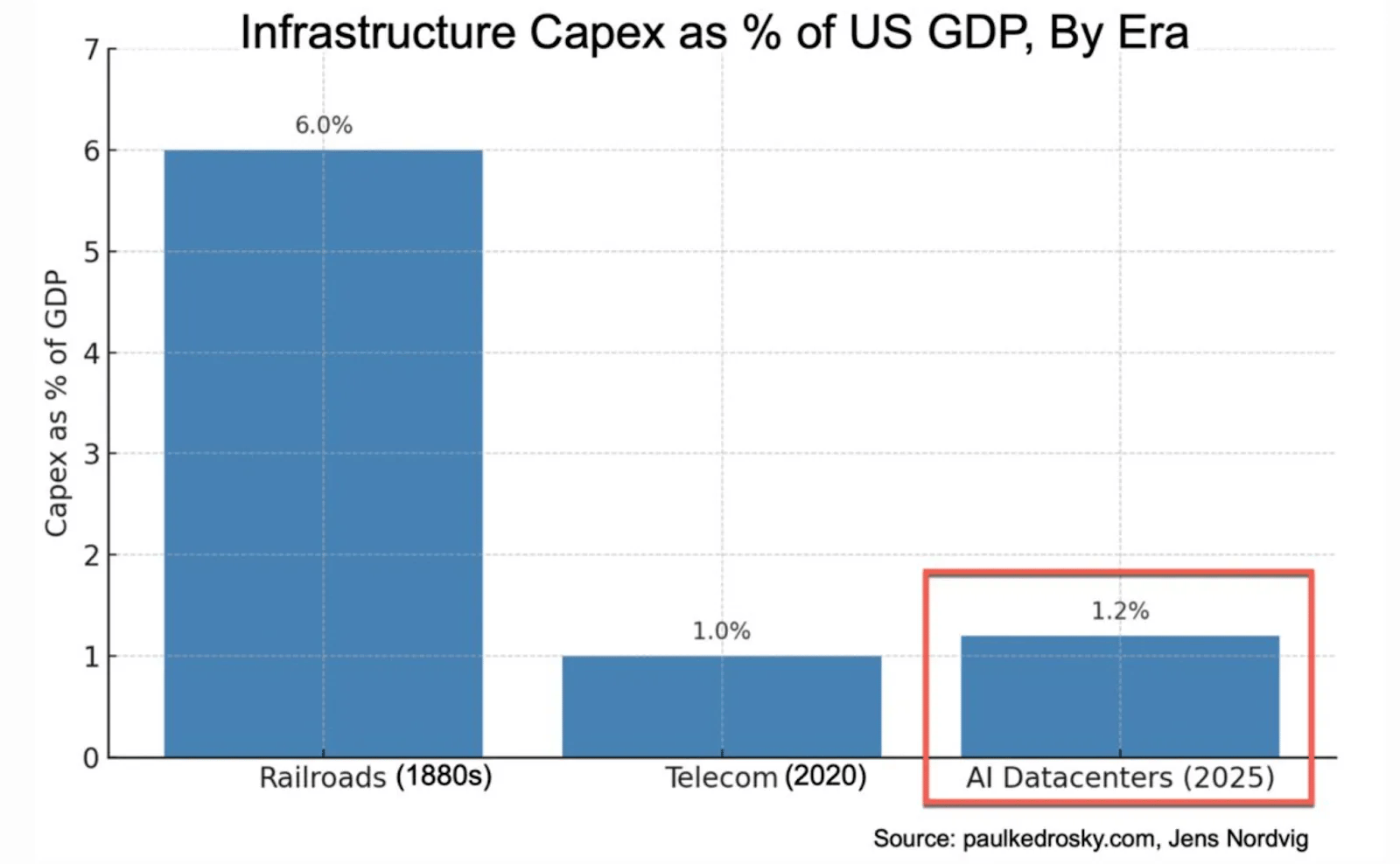
AI infrastructure spending, as a share of GDP, has already surpassed the internet telco boom but still trails the scale of the railroad era. If hyperscalers invest 6% of U.S. GDP into AI, the technology’s potential could be transformative — and investors appear eager to see where it leads.
🎥Video to watch : Asset Laundering In The UK
Thanks for reading.
If you found this valuable, consider sharing or forwarding it to a friend who needs to be ahead of the curve. 🧠📩
📬 Until next time,
— The Macro Scratch team, with AI-powered research and support.